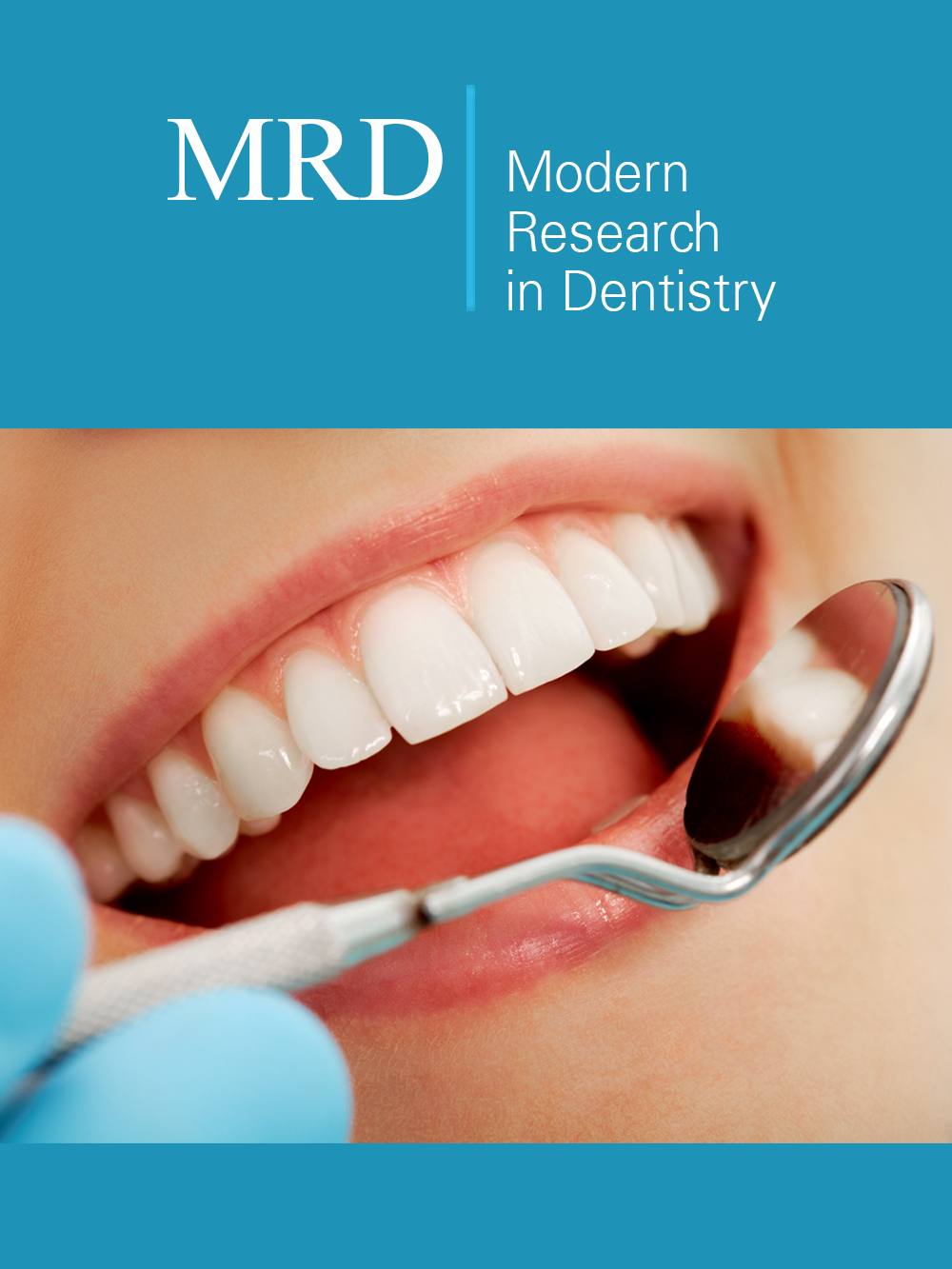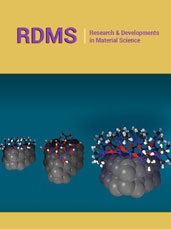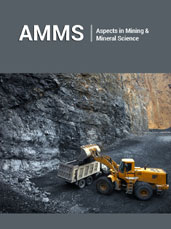- Submissions

Abstract
Modern Research in Dentistry
Exploring the Effects of Different Torque and Speed Parameters on Smear Layer and Microcrack Formation in Apical Dentin of Root Canals with Single File Instrumentation
-
Open or CloseChristine Anastasia Rovani1,2#, Syamsiah Syam3#, Hiroyuki Nakano4, Nurhayati Natsir2, Maria Tanumihardja2, Muhammad Yusran5, Nurwira6, Juni Jekti
Nugroho2 and Chung-Ming Liu7*
1Graduate Institute of Dental Science, College of Dentistry, China Medical University, Taiwan
2Department of Conservative Dentistry, Faculty of Dentistry, Hasanuddin University, Indonesia
3Faculty of Dentistry, Universitas Muslim Indonesia, Indonesia
4Department of Oral Maxillofacial Surgery, Kanazawa Medical University, Uchinada, Japan
5Teaching Hospital of Dental and Oral Health, Hasanuddin University, Makassar 90153,Indonesia
6Regional Public Hospital KH. Hayyung, Selayar Island 92812, South Sulawesi, Indonesia
7Department of Biomedical Engineering, College of Biomedical Engineering, China Medical University, Taichung 404, Taiwan
\*Corresponding author: Chung-Ming Liu, Department of Biomedical Engineering, College of Biomedical Engineering, China Medical University, Taichung 404, Taiwan
#These authors contributed equally to this work.
Submission: June 24, 2024;Published: July 08, 2024

ISSN:2637-7764Volume8 Issue2
Abstract
Purpose: Biomechanical preparation is a crucial stage in endodontic treatment, involves the cleaning and
shaping of the root canal system. Generally, single file system is widely used which has a simple concept
and continuous movement in a clockwise direction. The speed and torque of the endomotor are essential
indicators to assess the cleanliness of the root canal. The extent of smear layer distribution and the
possibility of microcracks in root canal are indicators of root canal cleanliness and safety considerations
in root canal treatment. The present study aimed to evaluate the effects of different torque and speed
parameters on smear layer and microcrack formation in apical dentin of root canals with single file
instrumentation.
Materials and Methods: This laboratory experimental study used a Confocal Laser Scanning Microscope
(CLSM) to observe the formation of a smear layer and possibility of microcrack in the apical third.
Forty-eight samples of mandibular first premolars were prepared in different rotation speeds (250rpm,
400rpm) and torque (0.8N.cm, 2.5N.cm). Twenty-four samples observed the formation of smear layer
based on Hulsmann score and 24 samples to observe the possibility of microcrack based on Shemesh
score. Data were analyzed statistically by Chi-Square and Kruskal-Walls test.
Result: The smear layer evaluation results in the current study only showed scores of 2, 3, and 4.
Meanwhile, microcrack analysis shows all scores 1,2, and 3. However, statistical analysis revealed no
difference that was significant.
Conclusion: According to the findings of this study, it is recommended to utilize rotary instruments with
low torque and speed to remove smear layers dan for safety consideration.
Keywords:Endodontic treatment; Smear layer; Microcrack; Root canal
 a Creative Commons Attribution 4.0 International License. Based on a work at www.crimsonpublishers.com.
Best viewed in
a Creative Commons Attribution 4.0 International License. Based on a work at www.crimsonpublishers.com.
Best viewed in 







.jpg)






























 Editorial Board Registrations
Editorial Board Registrations Submit your Article
Submit your Article Refer a Friend
Refer a Friend Advertise With Us
Advertise With Us
.jpg)






.jpg)














.bmp)
.jpg)
.png)
.jpg)










.jpg)






.png)

.png)



.png)






